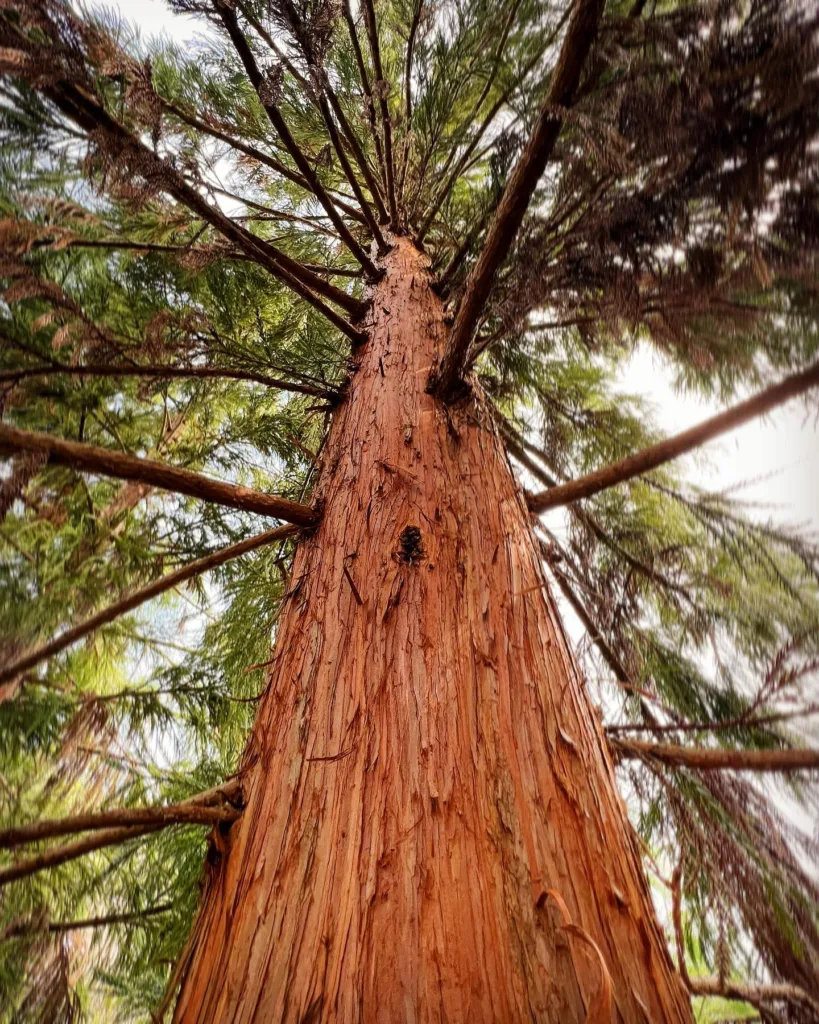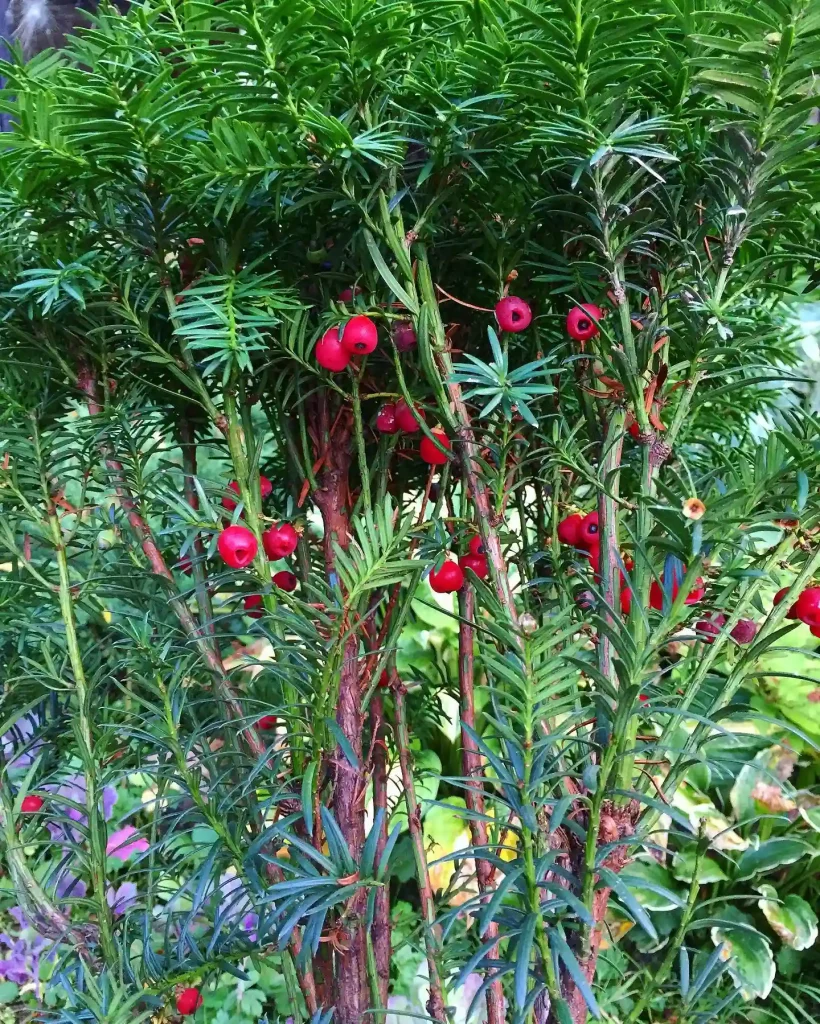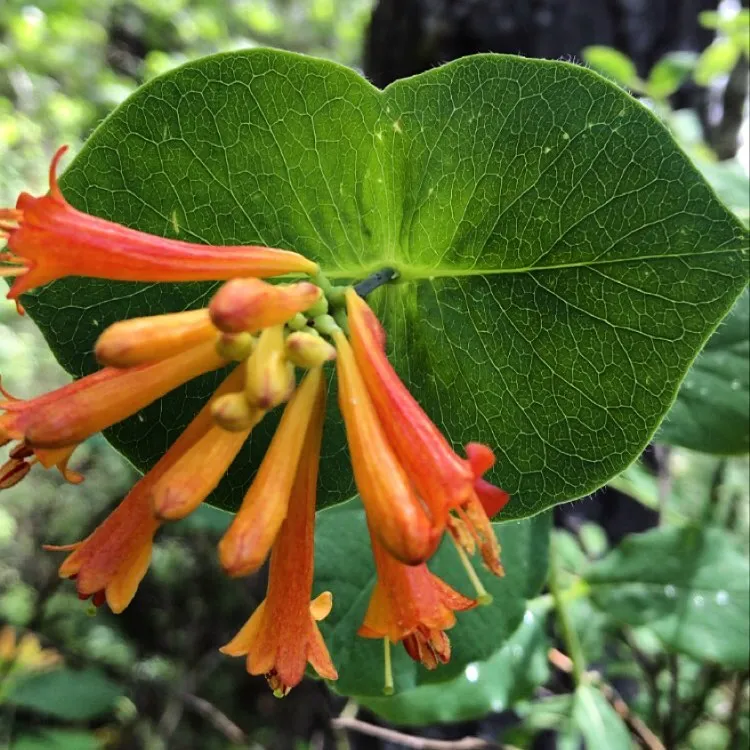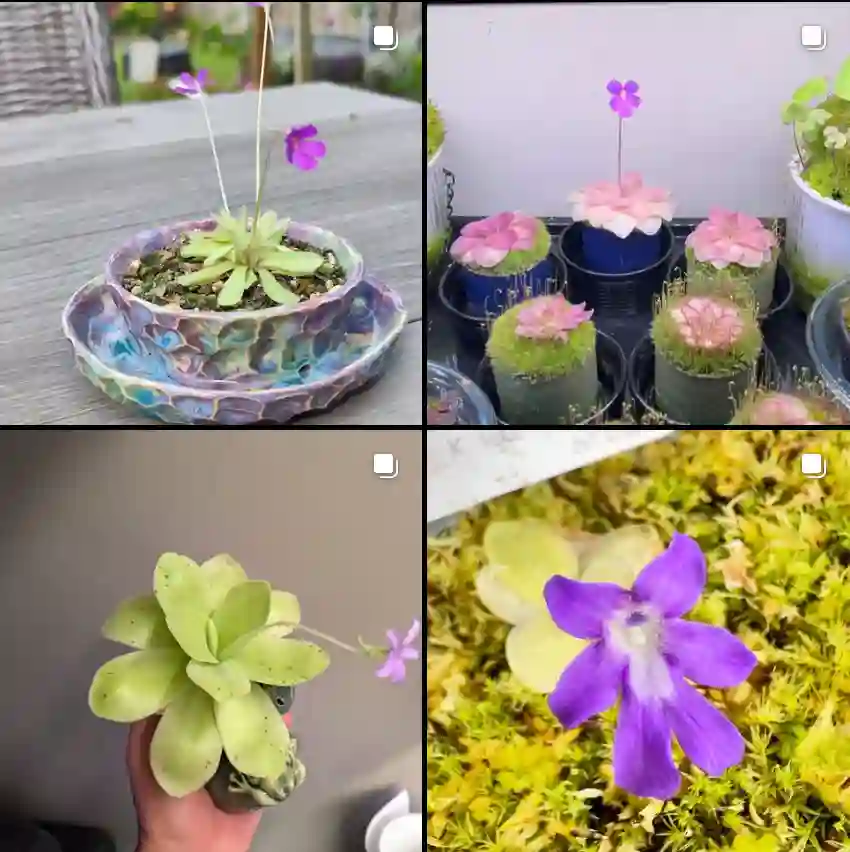The Allure of Wild Ginger: Unveiling the Beauty of Asarum Caudatum
For the past few years, I’ve been captivated by the world of groundcovers. There’s something undeniably satisfying about a plant that carpets an area with lush foliage, adding texture and life to the landscape. As I delved deeper, I stumbled upon Asarum caudatum, also known as Western Wild Ginger, and it instantly stole my heart.
134 Species in Genus Asarum
This native North American beauty boasts heart-shaped, evergreen leaves with a deep, glossy sheen. Crush them gently, and a delightful ginger aroma fills the air. Asarum caudatum isn’t just visually appealing; it’s a functional powerhouse, thriving in shady areas and offering a haven for beneficial insects.
Intrigued? If you’re considering incorporating this gem into your garden, this article will be your one-stop guide. We’ll delve into its characteristics, explore planting and care tips, and answer some burning questions.
What Makes Asarum Caudatum Special?
Asarum caudatum is a slow-growing, rhizomatous perennial. Unlike its culinary cousin, the ginger root, Asarum caudatum doesn’t offer edible tubers. However, its aesthetic value is undeniable. Here’s what makes it a standout:
- Evergreen appeal: Unlike many perennials that go dormant in winter, Asarum caudatum retains its lush green foliage year-round, adding a touch of life to your garden even during colder months.
- Shade tolerance: Struggling to find plants that thrive in shady corners? Asarum caudatum flourishes in areas with minimal direct sunlight, making it ideal for brightening up those overlooked spots.
- Deer resistance: Deer can be a real nuisance for gardeners. Asarum caudatum, thankfully, isn’t on their menu, offering a sigh of relief for those battling these herbivores.
- Low maintenance: This easy-going plant requires minimal upkeep. Once established, it’s quite drought tolerant, making it a perfect choice for busy gardeners.
How Many Asarum Caudatum in a Flat?
This depends on the desired effect. Asarum caudatum is a slow spreader, so for a quick carpet effect, plant them closer together, around 6-8 inches apart (15-20 cm). This will require roughly 4-6 plants per square foot (0.09 sq m). For a more naturalized look, space them further apart, around 12-18 inches (30-45 cm). This translates to 1-2 plants per square foot.
Planting and Cultivating Wild Ginger Asarum Caudatum: A Recipe for Success
Planting Asarum caudatum is a breeze. Here’s what you’ll need:
- Well-draining, fertile soil rich in organic matter.
- A shady location with protection from harsh afternoon sun.
- A trowel for digging.
- Mulch (optional, but recommended).
- Prepare the planting area: Choose a shady spot with well-draining soil. If necessary, amend the soil with compost or aged manure to improve drainage and fertility.
- Digging the holes: Once your planting area is prepped, dig holes slightly larger than the root ball of your Asarum caudatum plants.
- Planting: Gently remove the plant from its container and place it in the prepared hole. Ensure the crown (the point where the roots meet the stem) sits at soil level. Backfill the hole and water thoroughly.
- Mulching (optional): Applying a layer of organic mulch around your Asarum caudatum plants helps retain moisture, suppress weeds, and regulate soil temperature. Aim for a 2-3 inch (5-7.5 cm) layer of mulch, keeping it away from the base of the plant to prevent rot.
How to care for Asarum Caudatum?
Taking care of your Asarum caudatum is a breeze. Here’s the lowdown:
- Watering: Water regularly, especially during the first growing season, to establish a strong root system. Once established, Asarum caudatum is fairly drought tolerant, but keep an eye on soil moisture during extended dry periods.
- Fertilization: Asarum caudatum isn’t a heavy feeder. A light application of compost or a balanced organic fertilizer in early spring is sufficient.
- Pests and diseases: Asarum caudatum is generally pest and disease resistant. However, keep an eye out for slugs and snails, which can occasionally munch on the leaves.
Propagation: Sharing the Wild Ginger Love
There are two main ways to propagate Asarum caudatum: division and seeds.
- Division: The best time to divide Asarum caudatum is in early spring or fall. Carefully dig up a mature clump of Asarum caudatum with a fork or shovel. Using a sharp knife, divide the rhizomes into sections, ensuring each section has at least a few buds or eyes. Replant the divisions in prepared holes as described earlier, water thoroughly, and keep the soil moist until established.
- Seeds: Propagating Asarum caudatum from seeds requires patience, as germination can be slow and sporadic. However, if you’re up for the challenge, sow fresh seeds in a well-draining potting mix in the fall. Keep the soil consistently moist but not soggy, and place the pot in a shady location. Germination can take several months, so be patient. Once seedlings emerge and establish a few sets of true leaves, transplant them into individual pots or your desired garden location.
If i die, water my plants!



